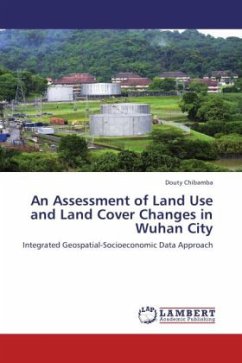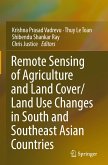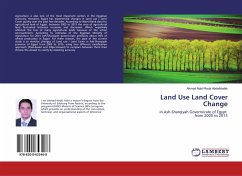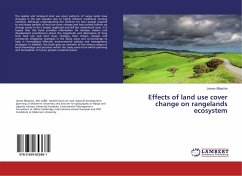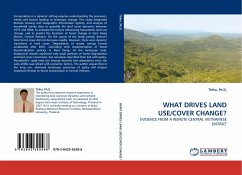One benefit of a study such as this one is the visual aspect of the results. Urban planners and policy makers might better understand the patterns and trends of urban growth and non-urban land use/cover conversions if they were able to see it. Hard numbers do not always present a convincing argument for the need of sound policy making and planning practices. Often times these numbers are skimmed over and make no real impact on the people reading through them. Indeed, sometimes the accuracy of these numbers is highly questionable. However, it is much harder to ignore graphical depictions of lands being converted to urban uses, especially in China where such conversions entail serious implications for food security and sustainable development. It is possible to see where urban growth has occurred and the corresponding disappearance of non-urban land use/cover categories. Visual depiction of urban growth has the potential to make a lasting impact on policy makers and urban planners and show them the changing landscape in a way that they are not used to seeing.
Bitte wählen Sie Ihr Anliegen aus.
Rechnungen
Retourenschein anfordern
Bestellstatus
Storno

